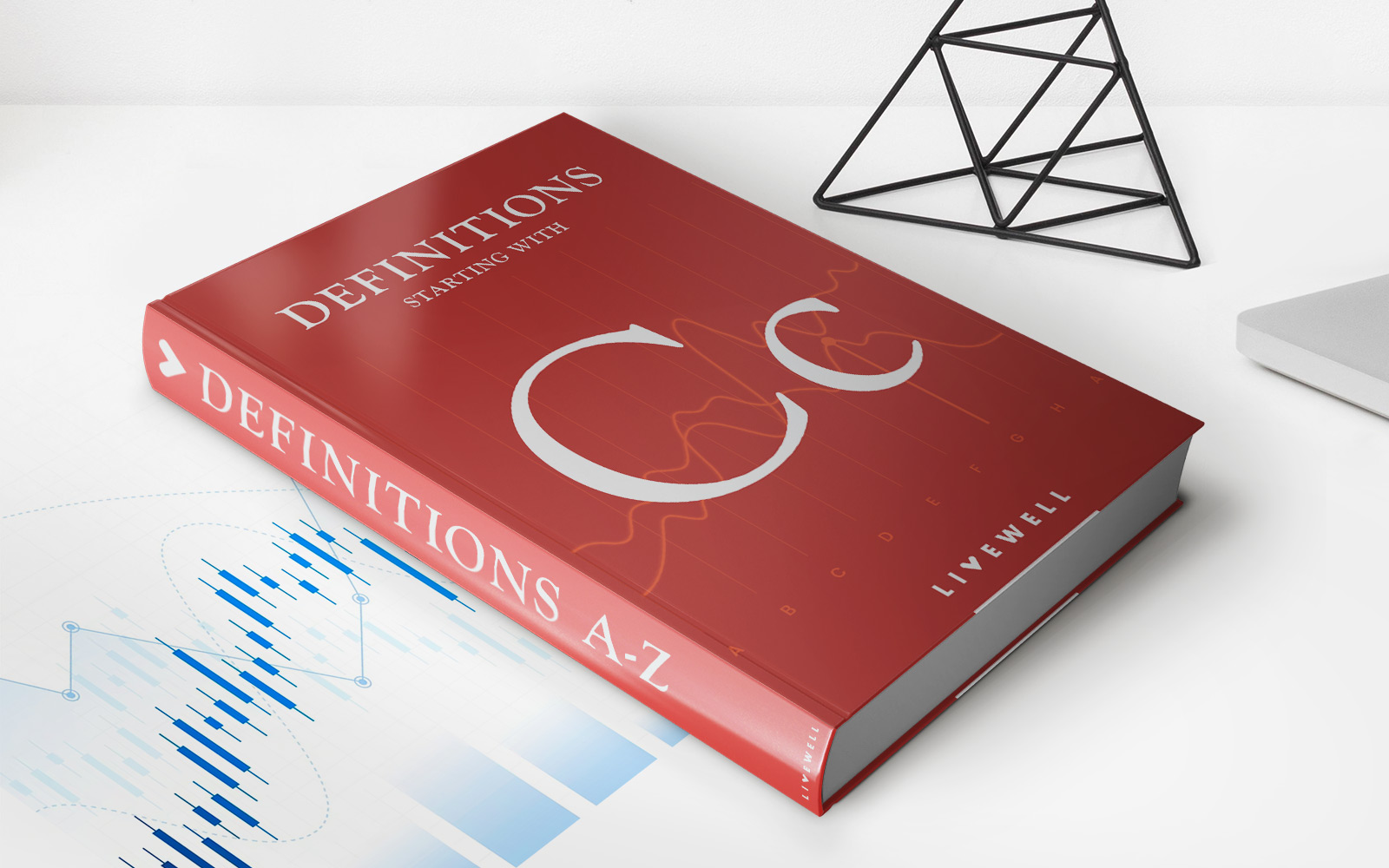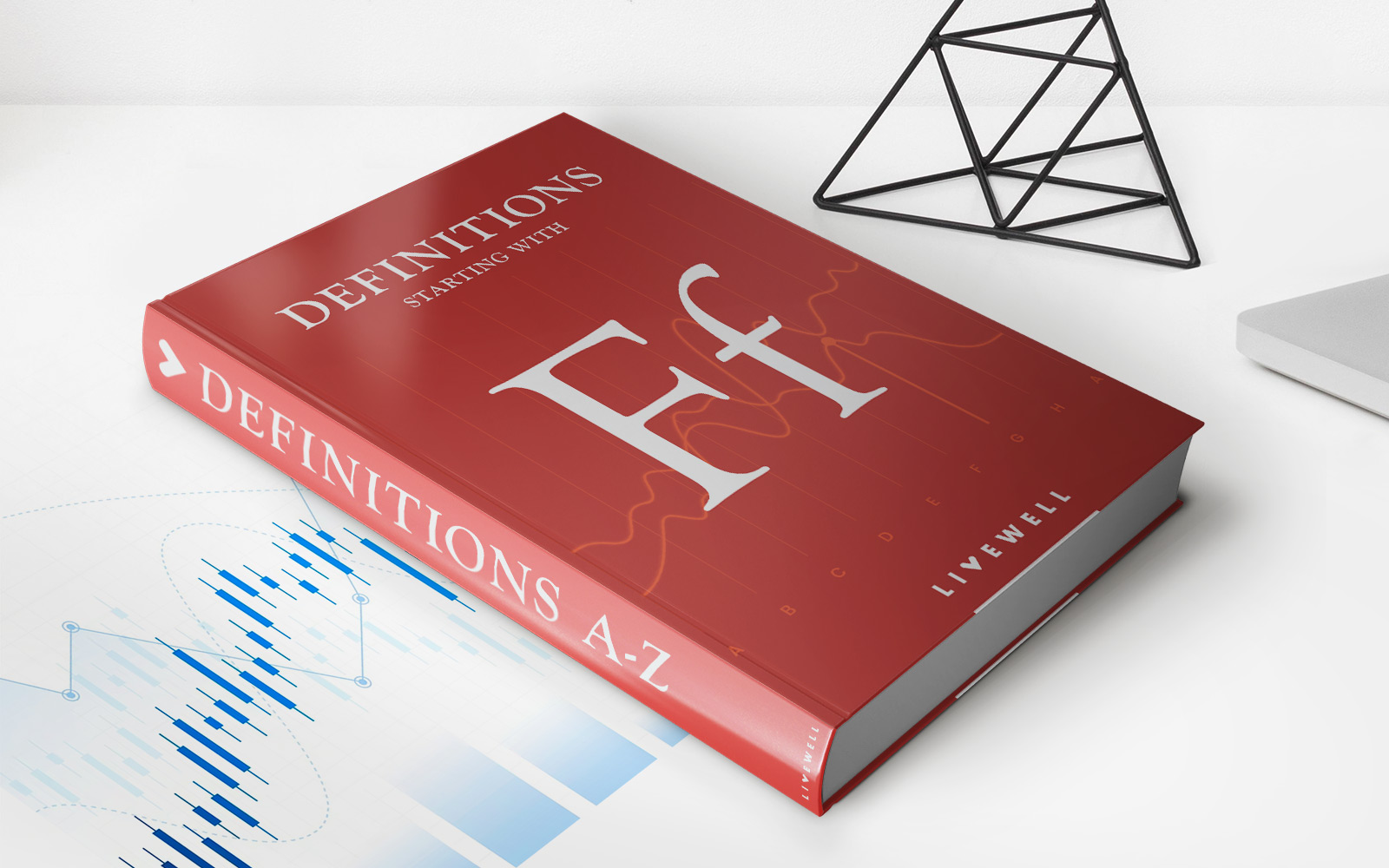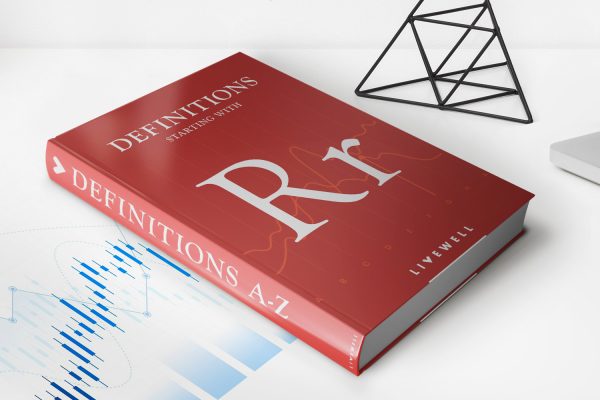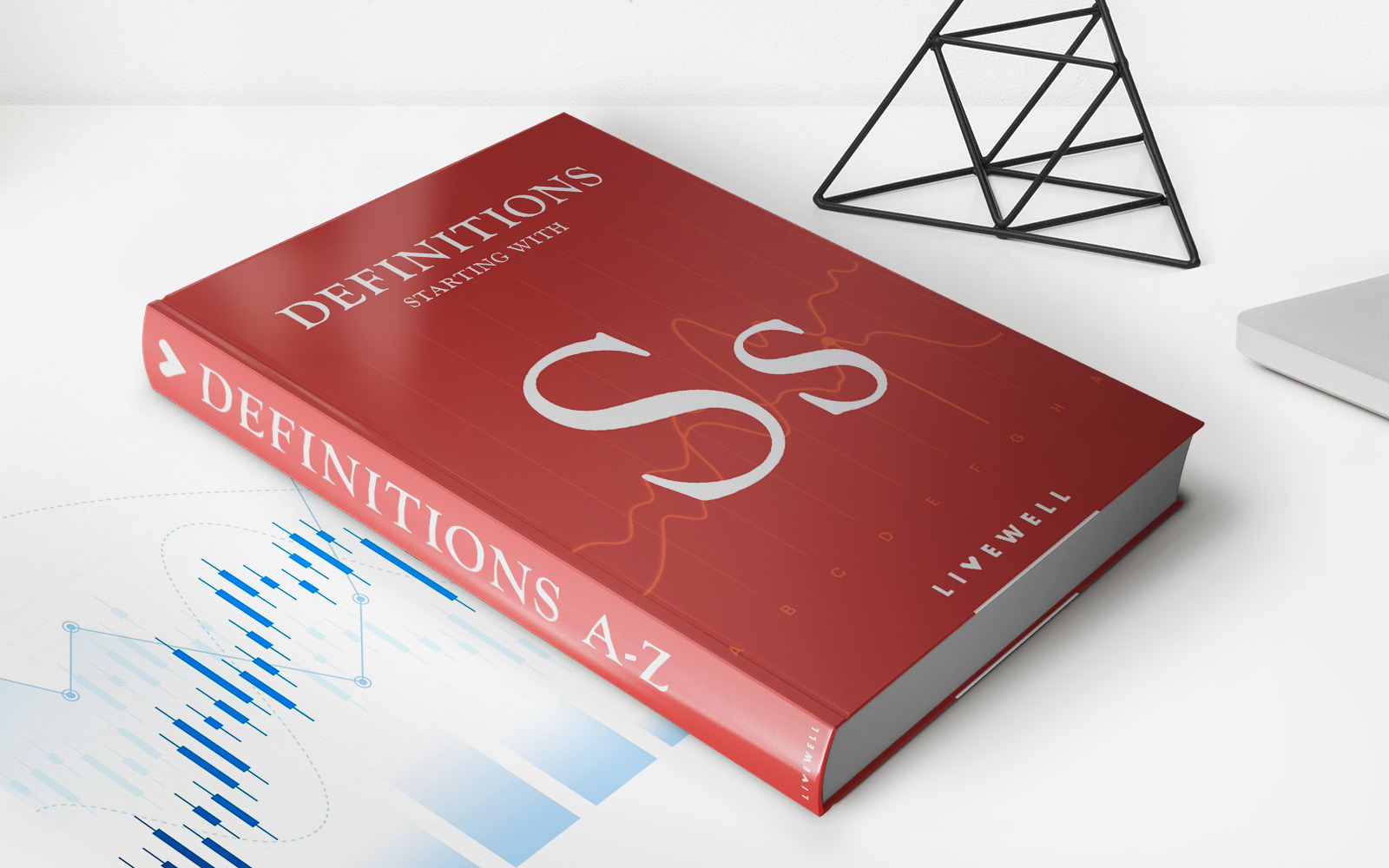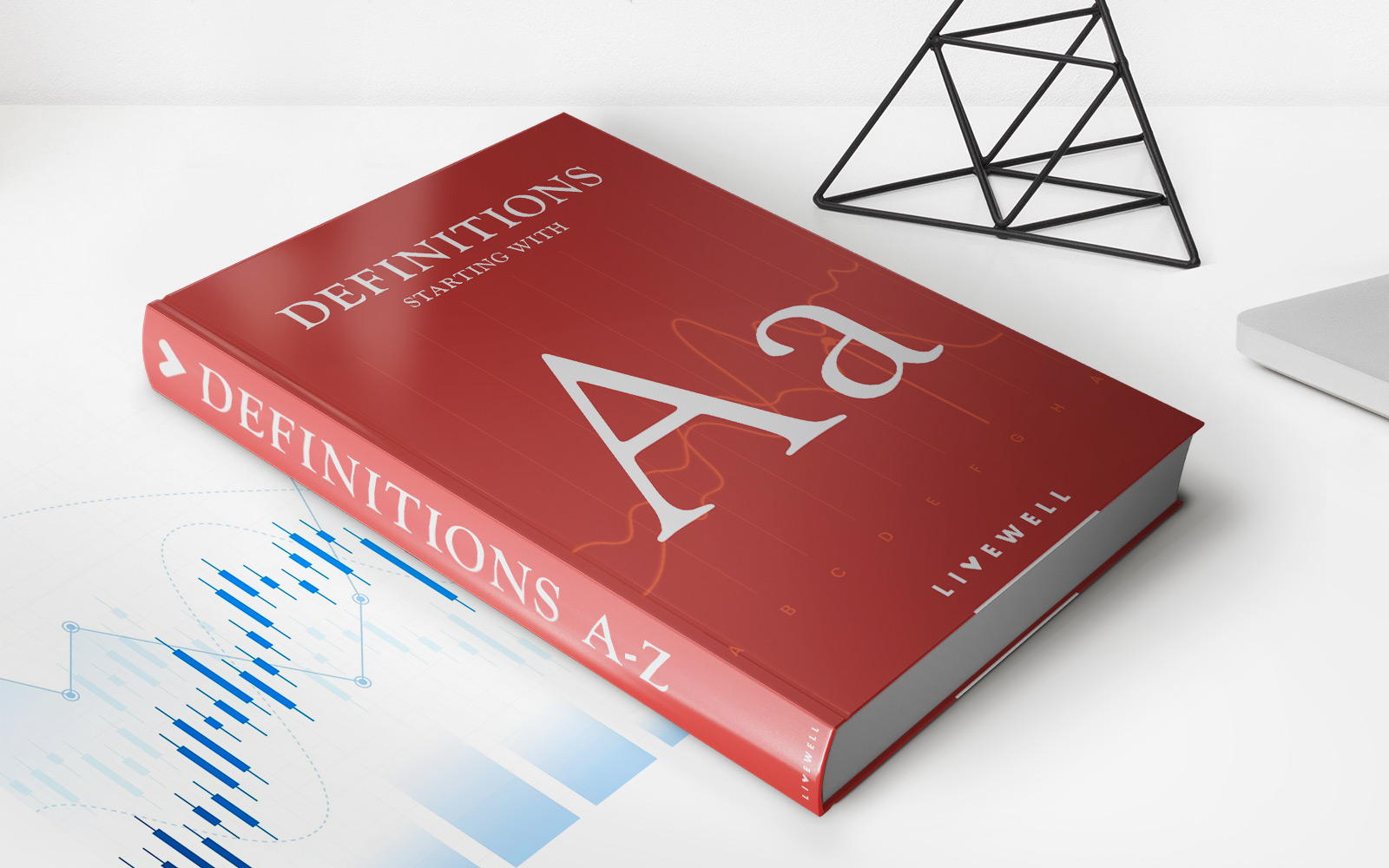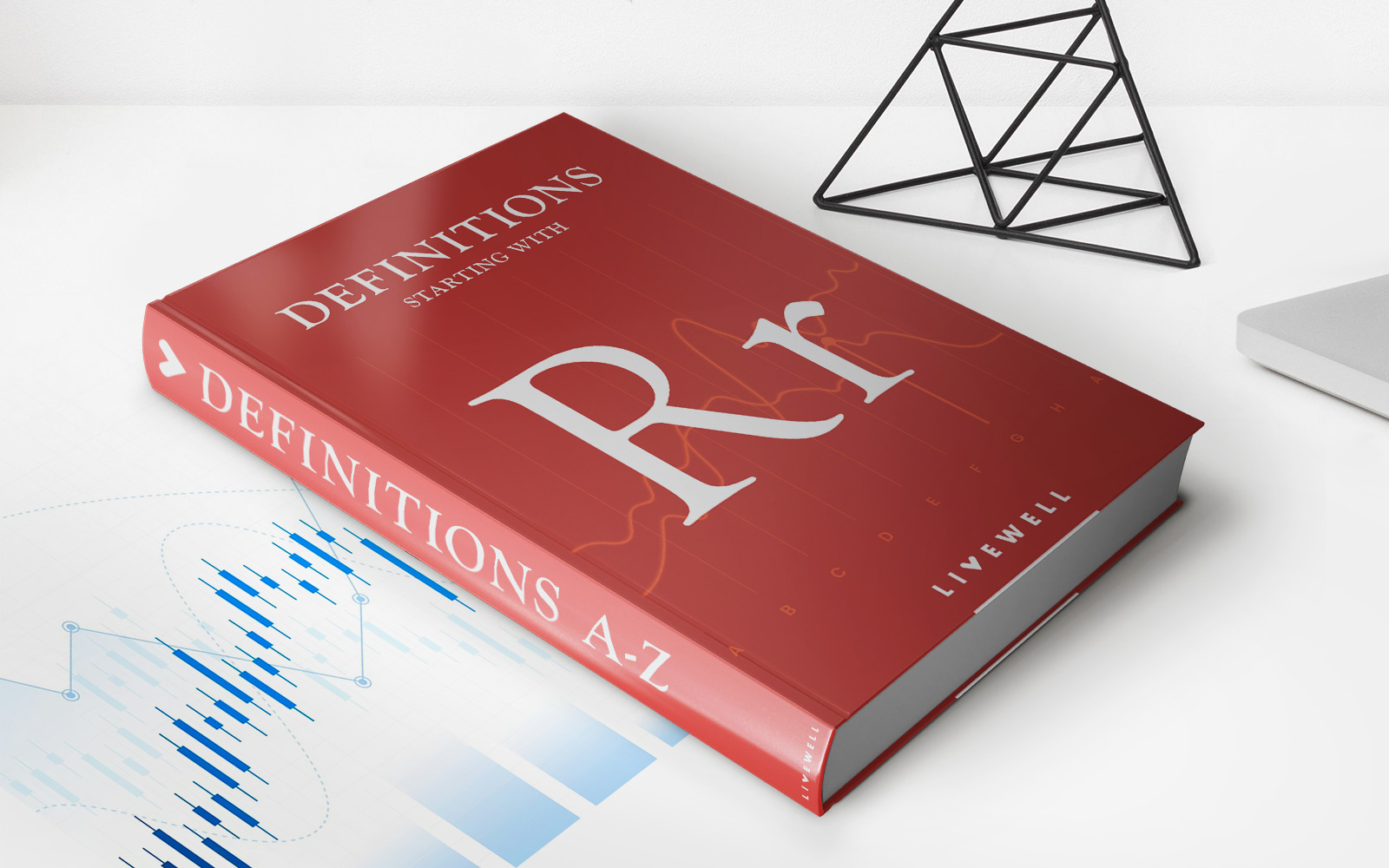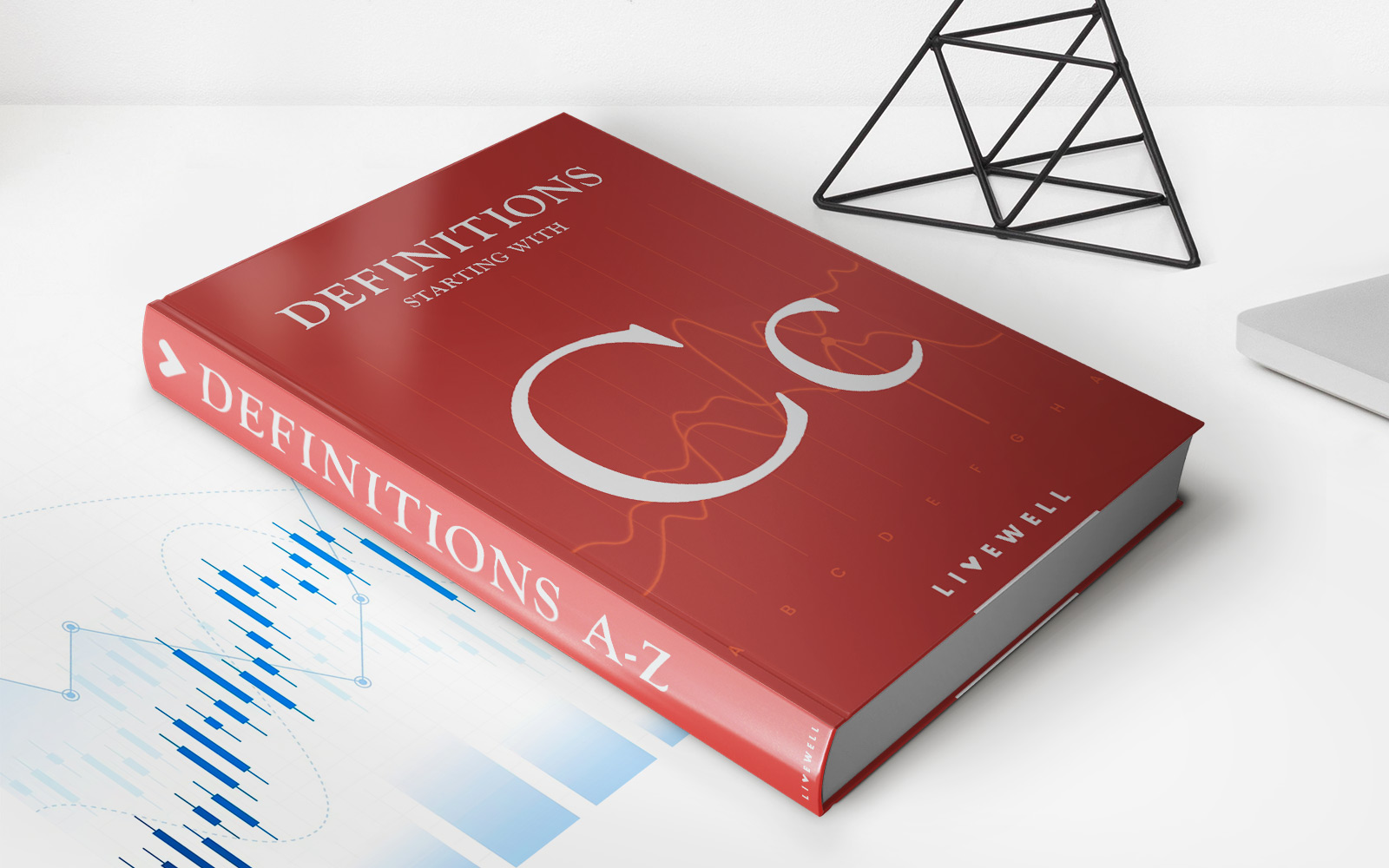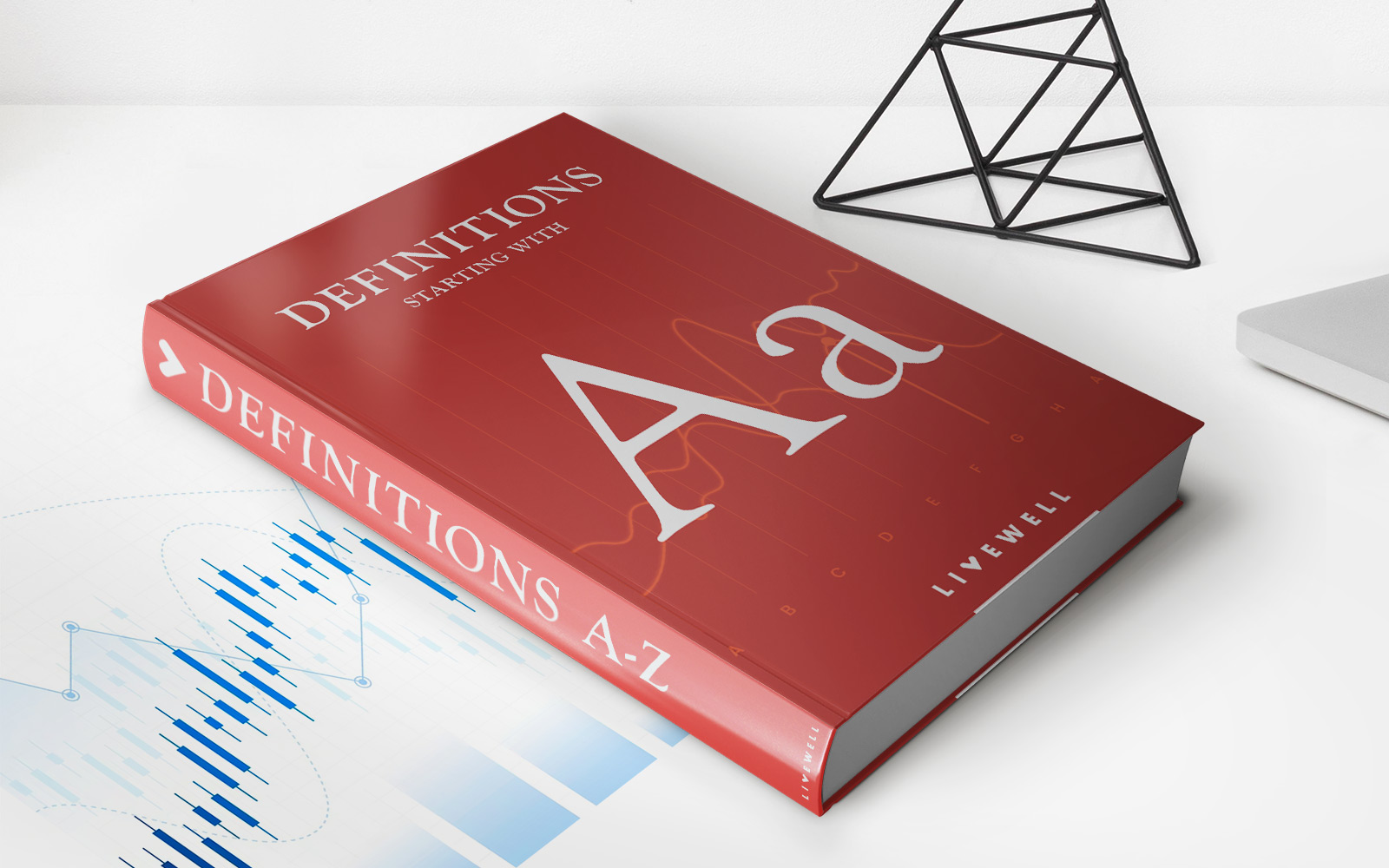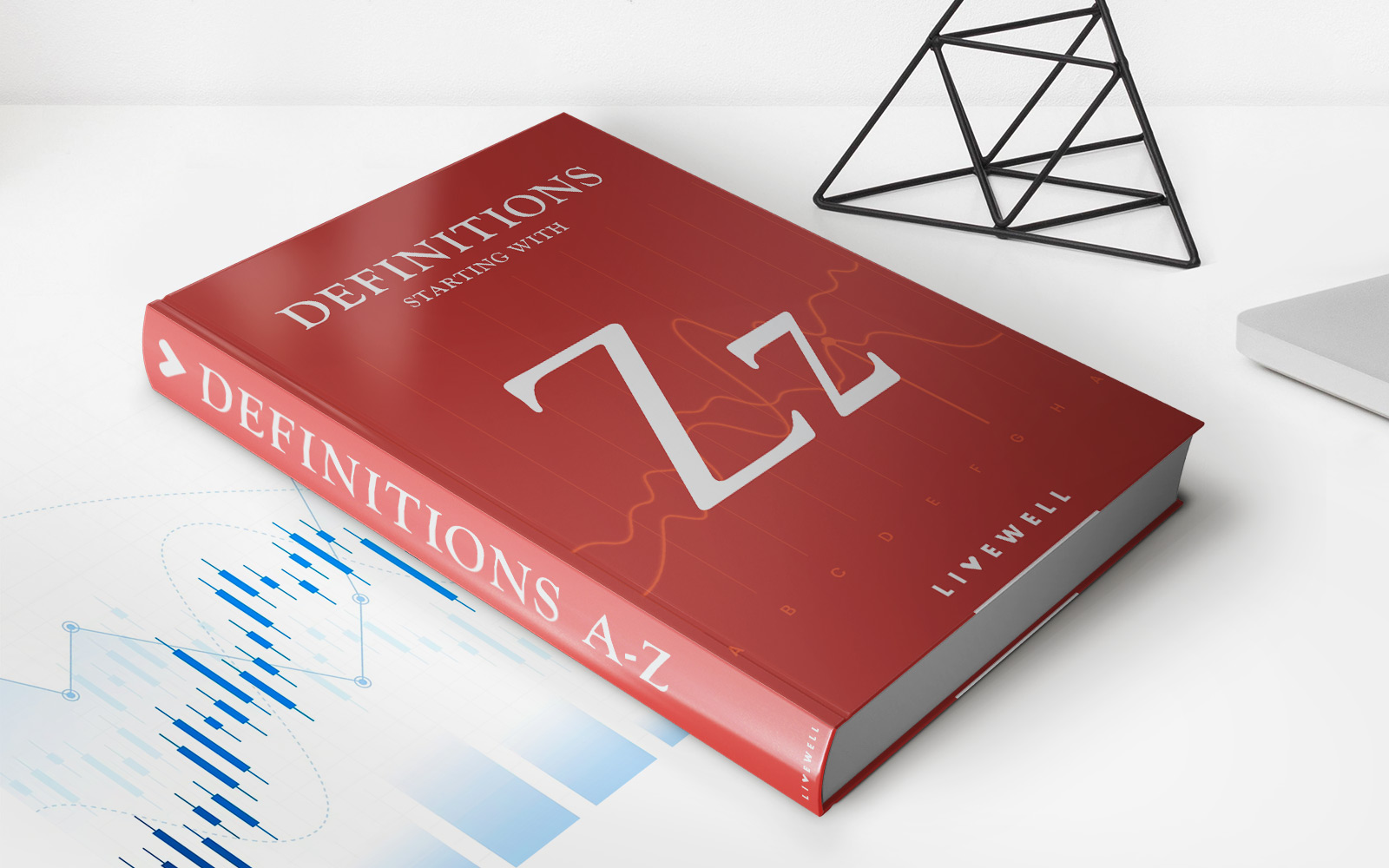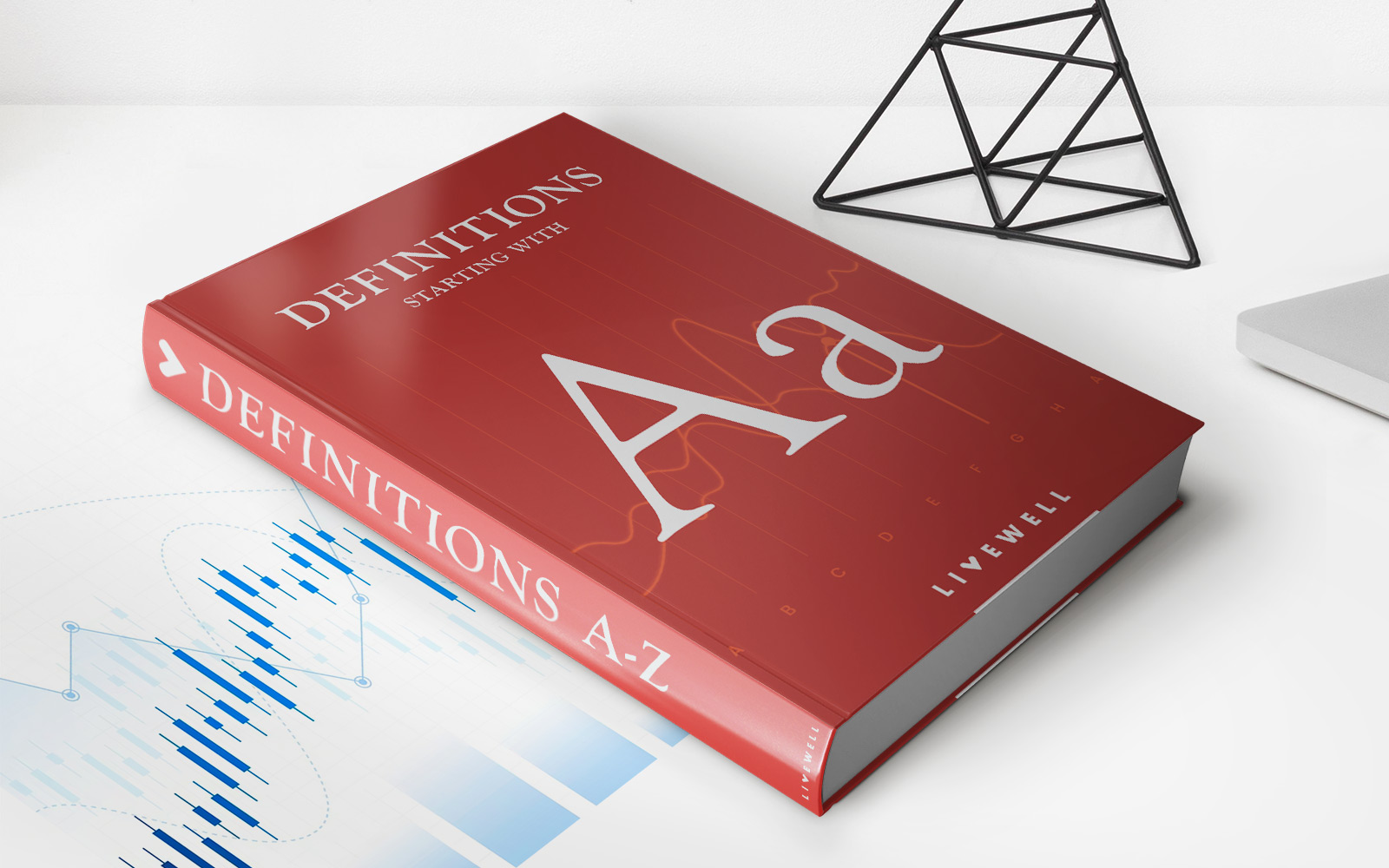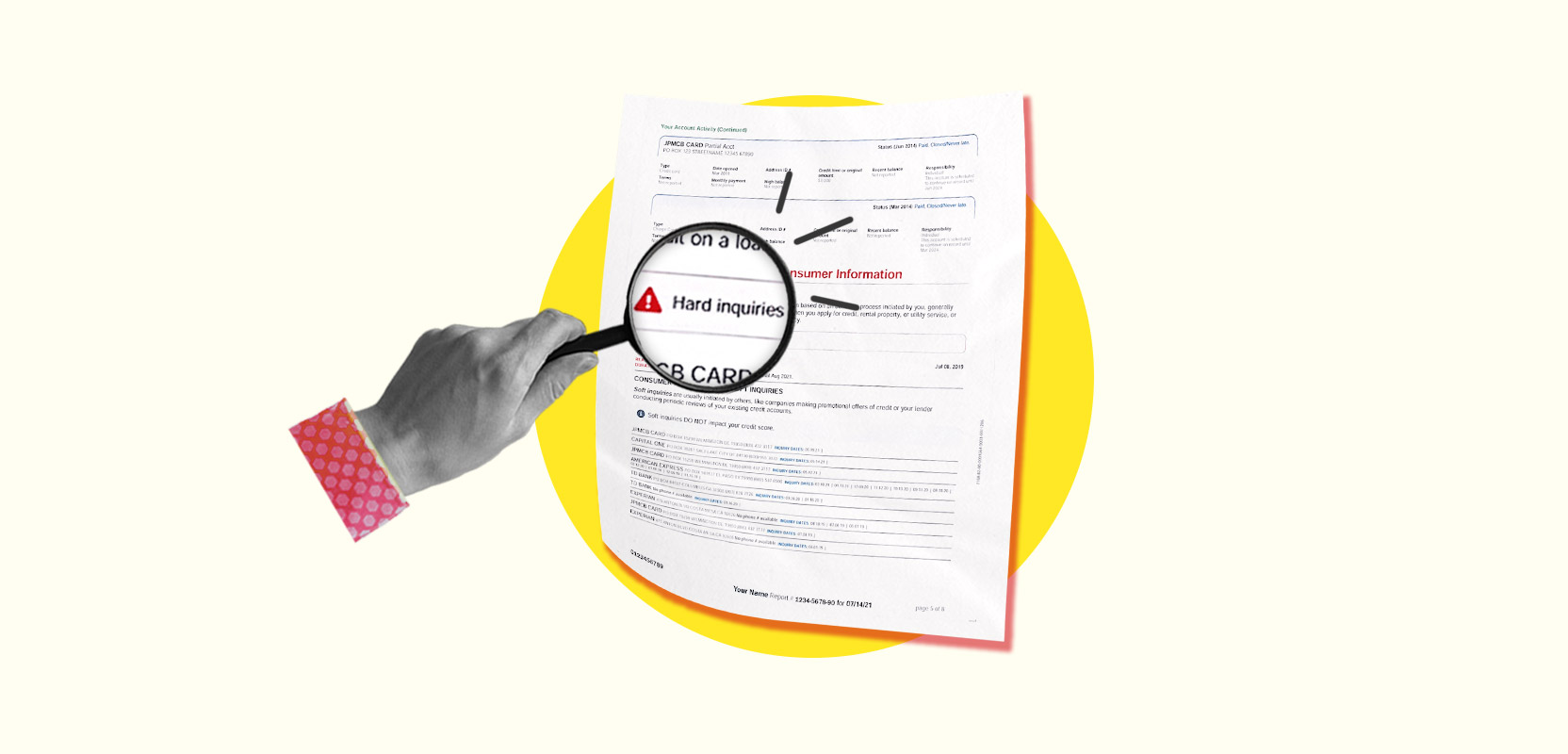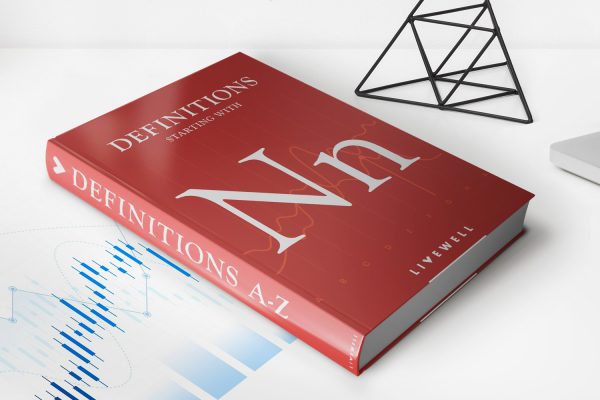Home>Finance>Risk-Free Asset: Definition And Examples Of Asset Types

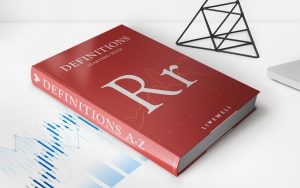
Finance
Risk-Free Asset: Definition And Examples Of Asset Types
Published: January 21, 2024
Learn about risk-free assets in finance, including their definition and examples, to make strategic investment decisions.
(Many of the links in this article redirect to a specific reviewed product. Your purchase of these products through affiliate links helps to generate commission for LiveWell, at no extra cost. Learn more)
Discovering Risk-Free Assets: Understanding Definition and Examples of Asset Types
When it comes to managing finances, understanding the concept of risk-free assets is essential. But what exactly is a risk-free asset? In this blog post, we will delve into the definition of risk-free assets, explore different examples of asset types, and shed light on the benefits they bring to investors. Whether you are a seasoned investor or just beginning your financial journey, this article will provide you with valuable insights.
Key Takeaways
- Risk-free assets are investments that carry minimal or no risk of loss.
- Examples of risk-free assets include government bonds, savings accounts, and certificates of deposit.
Understanding Risk-Free Assets
In the world of finance, risk is an inevitable factor when it comes to investments. However, risk-free assets aim to minimize or eliminate the potential for loss. These assets are considered to be low-risk or even risk-free, allowing investors to safeguard their capital with confidence.
So, how exactly does a risk-free asset work? Essentially, these assets offer a guaranteed return on investment, meaning that investors can expect either the principal amount or a predetermined interest over a specified period. While risk-free does not imply return-free, it does imply a near certainty of repayment.
Examples of Risk-Free Asset Types
Now that we have a basic understanding of risk-free assets, let’s explore some common examples:
- Government Bonds: These are debt securities issued by governments. Since governments are generally considered creditworthy borrowers, government bonds are perceived as risk-free. The principal amount, also known as the face value, is guaranteed to be repaid upon maturity, along with periodic coupon payments.
- Savings Accounts: Offered by banks and financial institutions, savings accounts provide a safe and secure way to store money and earn interest. The funds deposited in a savings account are typically insured by government-backed programs, providing an additional layer of protection. While the returns may be relatively modest compared to other investment options, the risk of losing the principal amount is minimal.
- Certificates of Deposit (CDs): CDs are time deposits offered by banks. They have a fixed term, typically ranging from a few months to several years. During this term, the investor is guaranteed a specific interest rate and the return of the principal amount upon maturity. CDs are considered risk-free as they are insured by the Federal Deposit Insurance Corporation (FDIC) in the United States.
These are just a few examples of risk-free asset types, but there are more options available depending on your financial goals and risk tolerance. It’s essential to carefully evaluate each asset and their associated risks before making any investment decisions.
The Benefits of Risk-Free Assets
Investing in risk-free assets provides several advantages for individuals and organizations:
- Preservation of Capital: The primary benefit of risk-free assets is the preservation of capital. By investing in these assets, individuals can protect their hard-earned money from potential losses that may occur in riskier investments.
- Stability and Predictability: Risk-free assets offer stability and predictability in terms of returns. Investors can rely on a guaranteed return or interest payments, making it easier to plan for short-term or long-term financial goals.
- Liquidity: Risk-free assets like savings accounts are highly liquid, allowing investors to access their funds when needed without any penalties or restrictions.
- Diversification: Including risk-free assets as part of an investment portfolio can provide diversification benefits. By spreading investments across different asset classes and risk profiles, individuals can reduce overall portfolio risk.
While risk-free assets may not offer the potential for high returns like riskier ventures, they play a crucial role in any well-diversified portfolio. Their stability and predictability can serve as a solid foundation for investors and provide peace of mind.
In Conclusion
Understanding risk-free assets is vital for anyone looking to secure their financial future. By considering the definition of risk-free assets and exploring various examples of asset types, investors can make informed decisions that suit their risk appetite and financial goals. Remember, risk-free does not mean return-free; these assets provide stability, capital preservation, and a predictable income stream. So, whether you are a risk-averse investor or seeking a balanced portfolio, incorporating risk-free assets can be a wise strategy to safeguard your finances.
